Rika: We talked about curriculum and our relationship with institutions. Maybe we can expand on that and share what we've done with The Just and the Blind.
Marc: Sure. This goes into future-making and the tools that get us to a place, but it’s also a part of our integrity and accountability matrix. The first point of inspiration for The Just and the Blind was the Create Justice forum at Carnegie Hall. We worked with different individuals in organizations that were using art as a tool to engage system-involved youth and families. Neither one of us have been incarcerated for any great length of time, so the subject matter required something more than an academic inquiry. The prison industrial complex is a component of a much larger, sinister, systemic way of fracturing Black and Brown families, so we wanted to engage the root of the problem and see what medicine we could provide for this social dis-ease.
We made this work under your producorial lead and primarily in collaboration with Daniel Bernard Roumain. We wanted to inquire about fatherhood in the age of mass incarceration; what freedom is and what freedom looks like. We knew that if we were going to have this inquiry, we also had to make medicine for families and create a structured way to involve young people in the dialogue. We worked with journalists, folks that were working with system-involved youth, and folks that were inside prisons. Through your hard work and digging, we generated support for curriculum called A Wall is Just a Wall, which is aimed at system-involved young people using poems and questions drawn from The Just and the Blind to experience a series of creative storytelling exercises that take these kids through their personal freedom journeys and freedom design.
On the front end, from research to performance, we were really thorough. The curriculum that developed out of that was very much in alignment with everything that we've been talking about in terms of creating tools or instruments for healing. We’ve been able to take all those different modes and modalities that we learned about institutions to think about how we impact the theatre field at the organizational level. We want to have a social impact but we also want to further equip organizations that are doing this great work and need tools.
Rika: In the past, I'd be working with artists of color, knocking on the doors of institutions and presenters and saying, “Here's what we've got. Impactful, thought-provoking art.” And they would say, “It's amazing what you're doing. It's so impactful. But our people are not ready.” For years, we heard that response. Now my mission, and the work you and I are doing, has expanded to saying to those institutions: “Let's work together so that you and your people can be ready. What are the underlying systemic issues we need to work on now so that in however many years it takes you to make your organization more inclusive, equity-centered, and BIPOC-focused, these works of art you weren’t ready for can exist authentically in your community?” My work as a producer and manager has transformed from just being a representative of these artistic works to becoming more of a conduit for greater transformation that could embody these works of art and artists.
Marc: Yeah. Organizations have to want to do the work in a way that's more than rhetorical. The change we seek is in some ways incremental, but there are any number of organizations that might be like, “If we work with folks outside of our cultural wheelhouse, are we then interlopers or cultural appropriators? Therefore, should we just neglect to do this work?” Or, “There is no dance that we're going to make that's going to end white supremacy so why should we commission a dance about it?”
I agree that the arts and cultural sector in America has come a long way, even in the last several years. I think there's more legibility and understanding around some of these social issues. You and I’s advantage as a team is that we've been far enough on the inside of the itinerant work that we can set apart the relationship between the itinerant and the systemic in ways that organizations can understand. This work is exhausting and it may not be for organizations that want to be immediately satisfied. We don't make absolution. Neither one of us has a wand, but we cultivate the conditions for patience and for further work. That has been really rewarding.
Rika: Speaking of our field, where do we see it going in terms of trust and transparency? How do funders and presenters play a role in that and in building new work?
Marc: When I was serving as a curator at Yerba Buena Center for the Arts in San Francisco, producers and agents would tell me about a work and what it is. But I have always been more curious about what the work does. Who is it for and what does it do? What is the currency of the work besides its aesthetic value? What is its value towards its future? A lot of what we're asked to do is just to complicate that question for institutions. I'm glad that you brought up the philanthropic sector because it will require extended support from them to do the work. We have to rethink our currencies and metrics. The goal is to have a culture of systemic allyship. In the past, the arts field has been in service to an aesthetic vision. Now, we as a field have to be transparent that our organizational culture is one whose aesthetic vision is in service of our social vision. And we are collectively supporting and building new work to help us get there.
My work as a producer and manager has transformed from just being a representative of these artistic works to becoming more of a conduit for greater transformation that could embody these works of art and artists.
Rika: And artists can play a central role in that inquiry and visioning. In our world, I think it comes down to artists’ processes being aimed at that transformation. How can artists work from within? How many artists serve on your board? How many artists of color serve on your board?
Marc: And not all artists or organization are up for it or capable of it. Unfortunately, there have been climactic and iconic illustrations of what happens when an organization enlists BIPOC artists to do something ceremonial but don't have the support system to take that engagement from ceremonial to something more substantive. We've seen what happens when an organization does something with BIPOC artists to satisfy their predominantly white audiences. For those of us who are BIPOC artists and arts workers, we can see that coming a mile away.
Rika: It’s just symbols.
Marc: Exactly. So building that muscle requires the transparency leaders of institutions to say, “I don't know everything here,” and cede the space, welcome in agents of change, and have philanthropic agencies make the bridge financially. Organizational leaders may be oriented toward investing in a show that attracts new audience rather than investing in a staff position that supports and sustains that new audience. As a sector, we’d hope that philanthropy can build the financial bridge from the itinerant (performances) to the structural (support staff). We want philanthropy to incentivize systemic thinking and equitable structural vision for arts leaders so they’re not just thinking about how to get nontraditional audiences to come, they’re thinking about what’s required to encourage those audiences to stay.
Rika: Risk capital and make that repeatable. Some organizations want their professional artists to just show up, do their performance, and leave. For many, it will continue to be that way. But I hope that some folks will consider alternative ways of engaging artists with a focus on emotional safe space and cultural transformation. I think more of that is starting to happen on a field-wide basis but it's only the beginning of that journey.
Marc: The field has to ask itself about its discrete and collective tipping points. For instance, an organization may decide they can achieve an organizational and a cultural shift by mandating that 25 percent of their work be focused on making a social impact and commit to concurrently creating systems to support that percentage of work. Other organizations may be in a place where 10 percent or 40 percent will do the trick. The tipping point, this idea of critical mass, is important because this work needs to be thought about as parts of a whole. That is what we mean by systemic change.
We talked about the trust and transparency that a creative producer and artist may have with a myriad of institutions. The other thing to cultivate is trust and transparency between institutions and historically stigmatized communities that have never felt a sense of belonging. One of the things we say with Healing Forward is that our pipeline principle asks institutions to be sites of and conduits for equity. Being conduits for equity means re-characterizing the role of organizations and institutions. Because you and I’s work together envisions our peer organizations being sites of equity, we think of our work as being engines so that they also might become conduits for equity across the demographic landscape.
The future isn’t promised to anyone, but when a person lives in an environment that is built to hunt them, then their future is more tenuous than most.
Rika: Yes! In your recent talk at the International Society for Performing Arts you said that as cultural leaders our job is not about giving historically stigmatized communities access to shows. Instead, we give power and equity to those community members to do what they already do best. We're enabling, empowering, amplifying, and giving equity—not equity like everyone is in the house, but as in owning a piece of the property. How do our collaborative works enable that? Though, at the end of the day, until people who look like us are in less danger, our work is not done; nothing else really matters. That's what we're trying to do.
Marc: That's really what it is. We're talking in these highfalutin and conceptual ways about the future but when a person is in danger, they are running. The future isn’t promised to anyone, but when a person lives in an environment that is built to hunt them, then their future is more tenuous than most. What you and I believe is that if anything is going to transform the future, it is going to be art and culture. We're both parents; what else are we trying to do but ensure a safer space for our kids?
To use the word danger is no exaggeration. Projects like The Just and the Blind and A Wall is Just a Wall aspire to make the world a little less dangerous for folks that look like us. These cultural spaces should be safe spaces for those kinds of ideas to thrive because increasingly, even schools aren't the place for those ideas to thrive. At this point, if it can't happen in schools, I don't know where else it happens if not in the cultural sector. So, do the work. If we're in the business of preserving the status quo, all right. Let's be transparent about that. But if we actually want to make our society better, we're smart people. Let's theorize.
We've talked a lot about infrastructure for inspiration and, at the end of the day, we're talking about production. Production requires infrastructure. Our industry is wrapped up in making performed products. We must expand our mandate so that we think about the infrastructure of small letter “d” democracy. If not us, who?
Rika: Yeah.
Marc: I'm so honored to be doing this with you.
Rika: Yes, and I, you. Thank you CIPA and HowlRound for inviting us into this conversation.

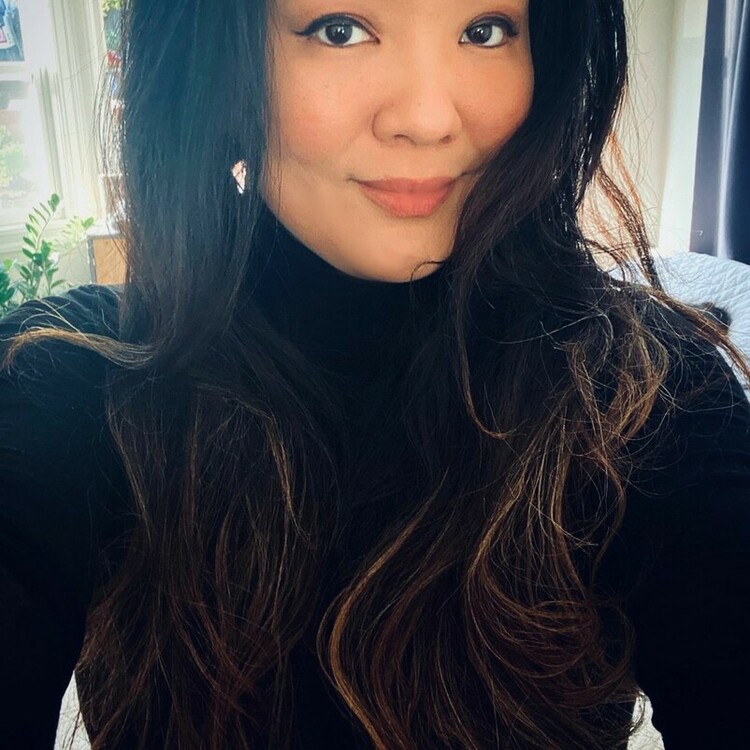

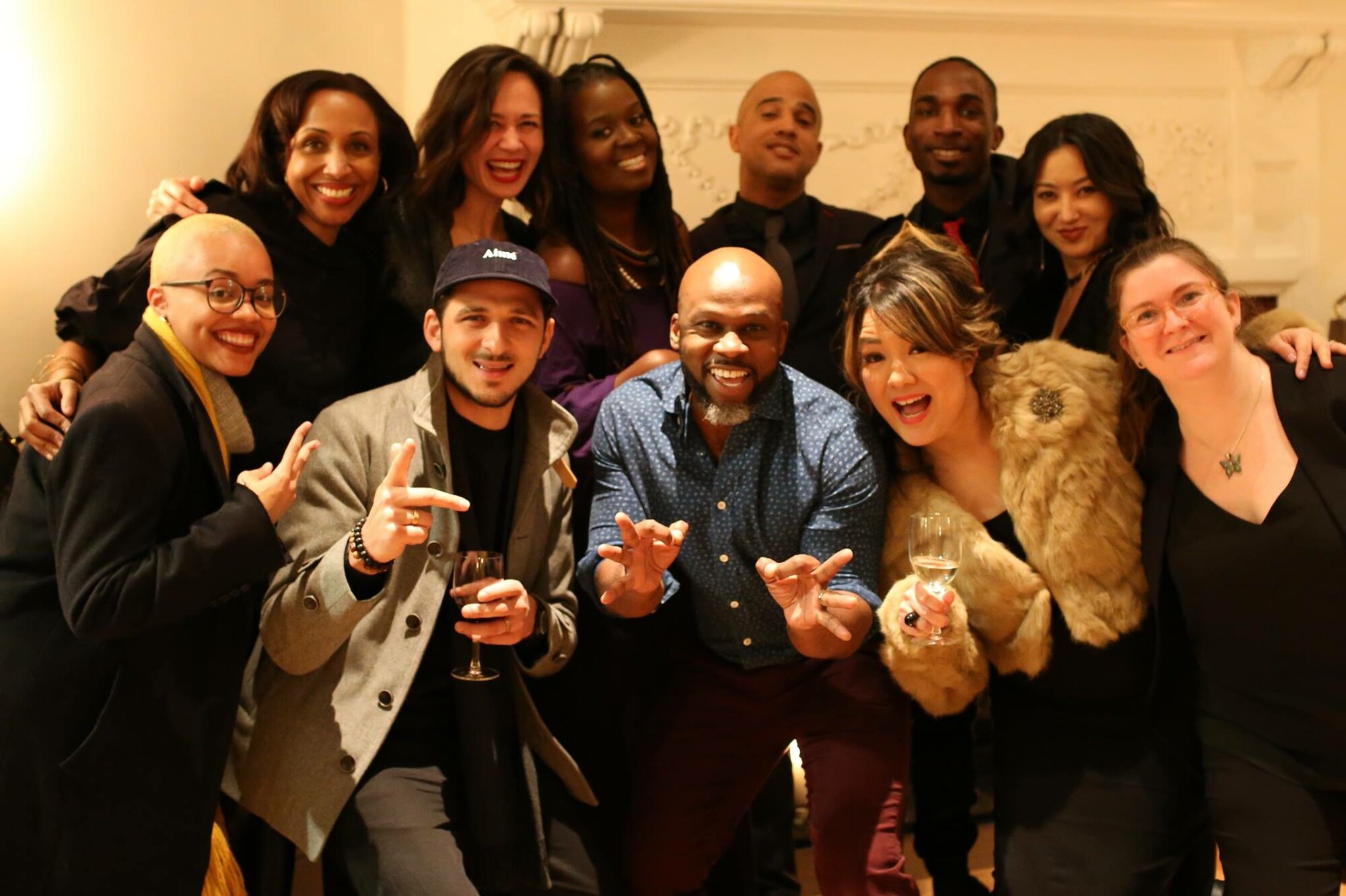
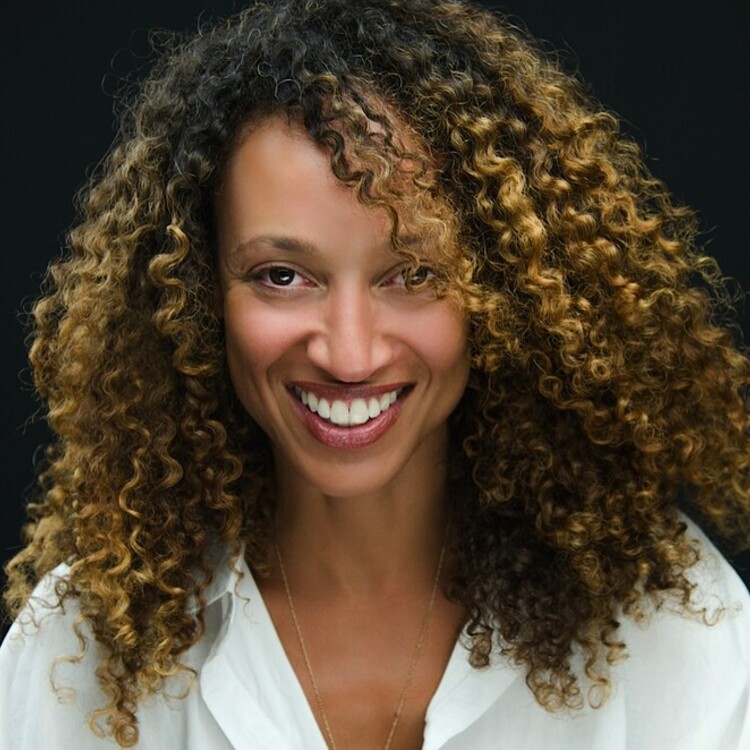
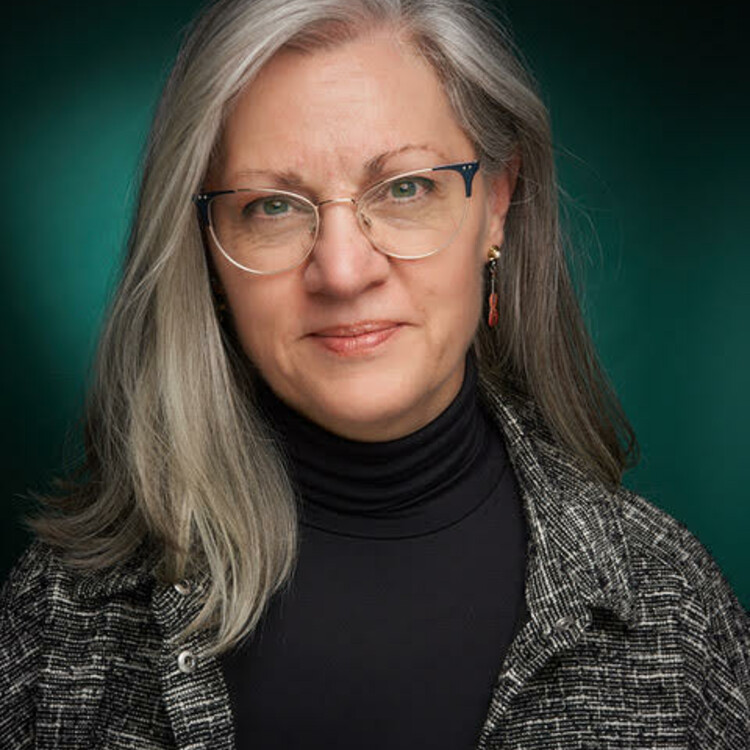
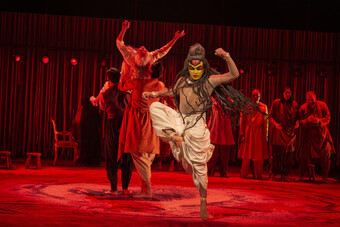


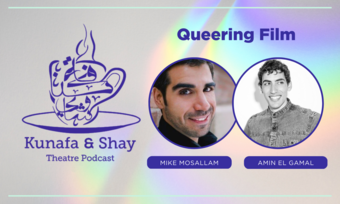




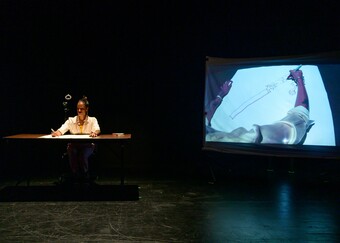

Comments
The article is just the start of the conversation—we want to know what you think about this subject, too! HowlRound is a space for knowledge-sharing, and we welcome spirited, thoughtful, and on-topic dialogue. Find our full comments policy here